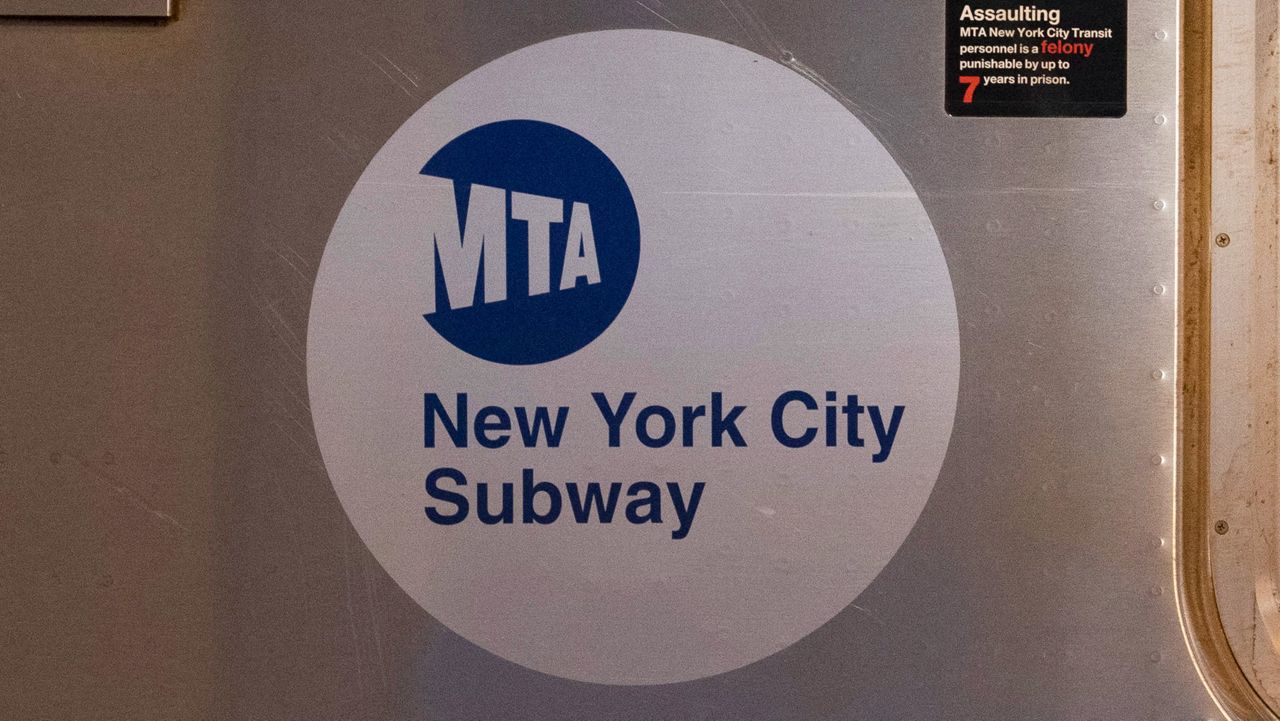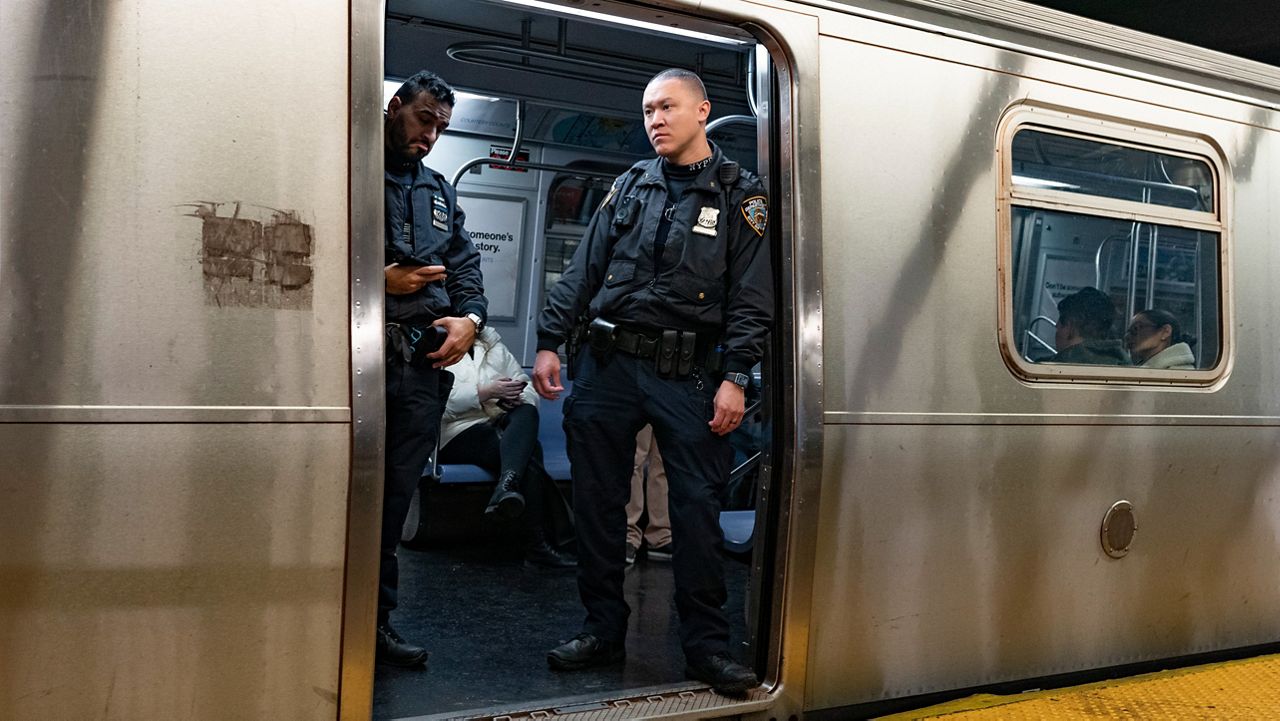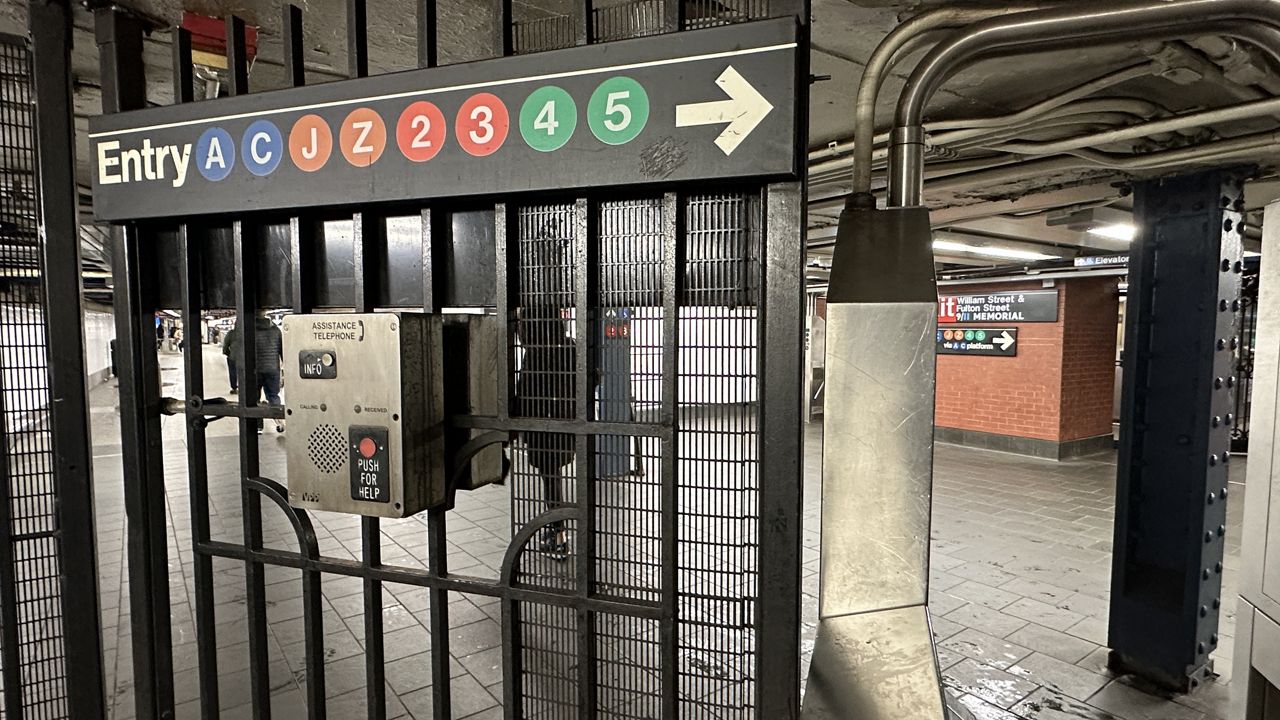The man accused of triggering Sunday's subway derailment by placing an object on the tracks had been charged in another case of transit vandalism only two and a half weeks ago.
Thirty-year-old Demetrius Harvard was arrested September 5. A witness allegedly saw him throw a metal street barricade into an an MTA bus, shattering two windows.
Police say Harvard has a record of at least 12 arrests. The police commissioner seized on the new charges to again criticize policy makers for not doing enough to stop repeat offenders.
"Whether it's violence or whether it's different types of crime that happens throughout the city, it's the precision piece—identifying who did it and finding solutions that work,” NYPD Commissioner Dermot Shea said. “Whether it’s treatment, whether it's incarceration, but not just putting them back in the street, because this is the kind of stuff that really frustrates New Yorkers.”
The derailment occurred around 8:15 A.M. Sunday on the northbound track of the “A” line, just south of the 14th Street and 8th Avenue station.
A transit source said Harvard put on the track a piece of equipment called a tie plate, which holds rails together.
He was arrested a short time later on charges of reckless endangerment, criminal mischief, assault and criminal trespassing.
It's the latest act of vandalism the MTA has faced during the pandemic, including a shopping cart that was set ablaze on a train at the 110th Street Station, killing a train operator, and a rash of smashed windows, mostly on the “7” line.
"It's scary for the riders. I don't see too much police in the stations," a straphanger said.
"I think that New York City, as a whole right now, is kind of scary with all of this vandalism and all of that, and so, again, it makes me feel a little unsafe, but it is what it is," said a commuter headed Uptown on an “A” train.
The MTA said the tie plate that caused the derailment had been stored along the tracks, which is standard MTA policy for many materials used to maintain the system.
An MTA spokeswoman said storage procedures would not change because of the derailment.
Loose material—spare pieces of rail stored improperly between the rails— was the cause of a 2017 Harlem derailment.
The difference: this derailment, police say, was intentional.








